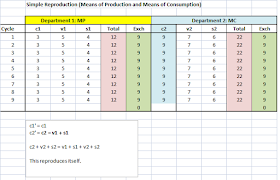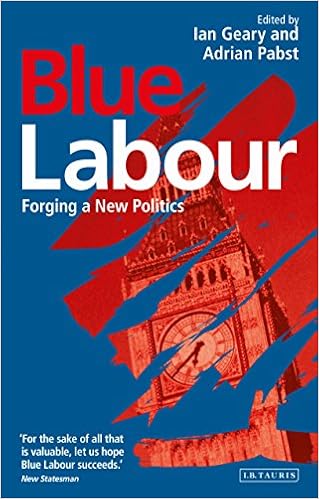Unlike previous modes of production which were mainly focused on the production of use values, capitalism as practiced by capitalists is motivated purely by the search for surplus value (i.e. growth in capital). The production of specific use values is a matter of indifference as long as the commodities concerned can be sold in the market, thereby releasing their monetary value.
Capitalists will not invest unless they think they can grow their capital, so a properly-functioning capitalist society is a growing one. This has posed a problem for some Marxist economists. How, they argue, can capitalism grow when the workers are paid only a portion (v out of v+s) of the value they produce, and the capitalists - although they live well - need to keep most of their capital gains for further investment?
This has been termed the 'underconsumption theory of capitalist crises' and was the subject of a historical dispute between Nikolai Bukharin and Rosa Luxemburg in the 1920s. Luxemburg thought that capitalism could only grow (via realising the value of an increasing mass of commodities) through vigorous expansion into new markets, and that this explained 'imperialism'.
Bukharin put her right.
So here is Bukharin's model in spreadsheet form - click on image to make larger..
 |
| Link to spreadsheet |
As before we have Department 1, making machines and raw materials, and Department 2, making consumables to keep workers and capitalists alive for another day's toil.
We split the surplus value created by workers into three categories: that proportion consumed unproductively by the capitalists, (a); that proportion which is capital re-invested in machines, (δc); and that proportion invested in increased labour (δv).
All of the variables here measure capital value, so that δv is increased capital allocated to wages. This could be more workers to use extra machines or raw materials, or more highly-paid (more highly-skilled and productive) workers to use more sophisticated machines.
The constraint between Departments 1 and 2 to ensure that reproduction can occur is a simple generalisation of the previous case:
c2 = v1+a1 and δc2 = δv1.
This equates the constant capital in Department 2 with the payments to workers and capitalists in Department 1 through the endless cycles of capitalist reproduction of the relations of production.
The model is very, very simple. It is assumed that the capitalists don't increase their consumption iteration-on-iteration .. though they probably would. Also, the incremental growth of constant and variable capital is held constant, although it would probably be increasing geometrically. These details don't invalidate the 'in principle' character of the model.
---
Bukharin comments:
"In other words, the following grow:
"In this connexion we will not make any further analysis of the relation in which this growth of the various above-listed values proceeds. This question needs to be treated separately.
- the constant capital of society,
- the consumption of the workers,
- the consumption of the capitalists (everything taken in values).
"Here we must mention, even if only briefly, the following circumstances: along with the growth of production, the market of this production grows too, the market of means of production expands, and the consumer demand grows also (since, taken in absolute terms, the capitalists' consumption grows as well as that of the workers).
"In other words, here the possibility is given of, on the one hand, an equilibrium between the various parts of the total social production and, on the other, an equilibrium between production and consumption.
"In this process the equilibrium between production and consumption is for its part conditioned by the production equilibrium, i.e. the equilibrium between the various parts of the functioning capital and its various branches.
"In the above analysis we neglect at first a series of highly important, specifically capitalist moments, e.g. money-circulation.
...
"This resulted in a series of the most serious mistakes, it resulted further in the denial of the existence of contradictions within capitalism, finally a direct apology for the capitalist system, an apology which attempts – to use a Marxist word – to ‘reason away' the crises, the over-production, the mass misery and so on.
‘It must never be forgotten, that in capitalist production what matters is not the immediate use value but the exchange value, and in particular, the expansion of the surplus value.'
Here, Bukharin is writing as a typical soviet Bolshevik, echoing Marx's extrapolations of the inevitable fate of capitalism. Reality was to turn out very differently, to the point where it is a genuine and profound question of Marxist analysis as to whether capitalism is indeed subject to structural crises (not just regular business cycles) which could catalyse a revolutionary dynamic towards a higher mode of production.





















